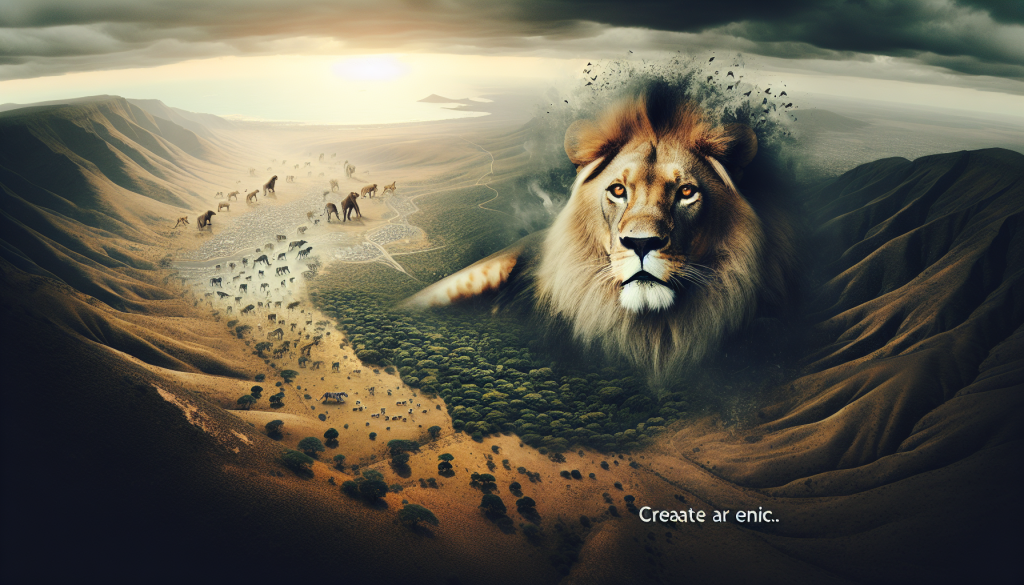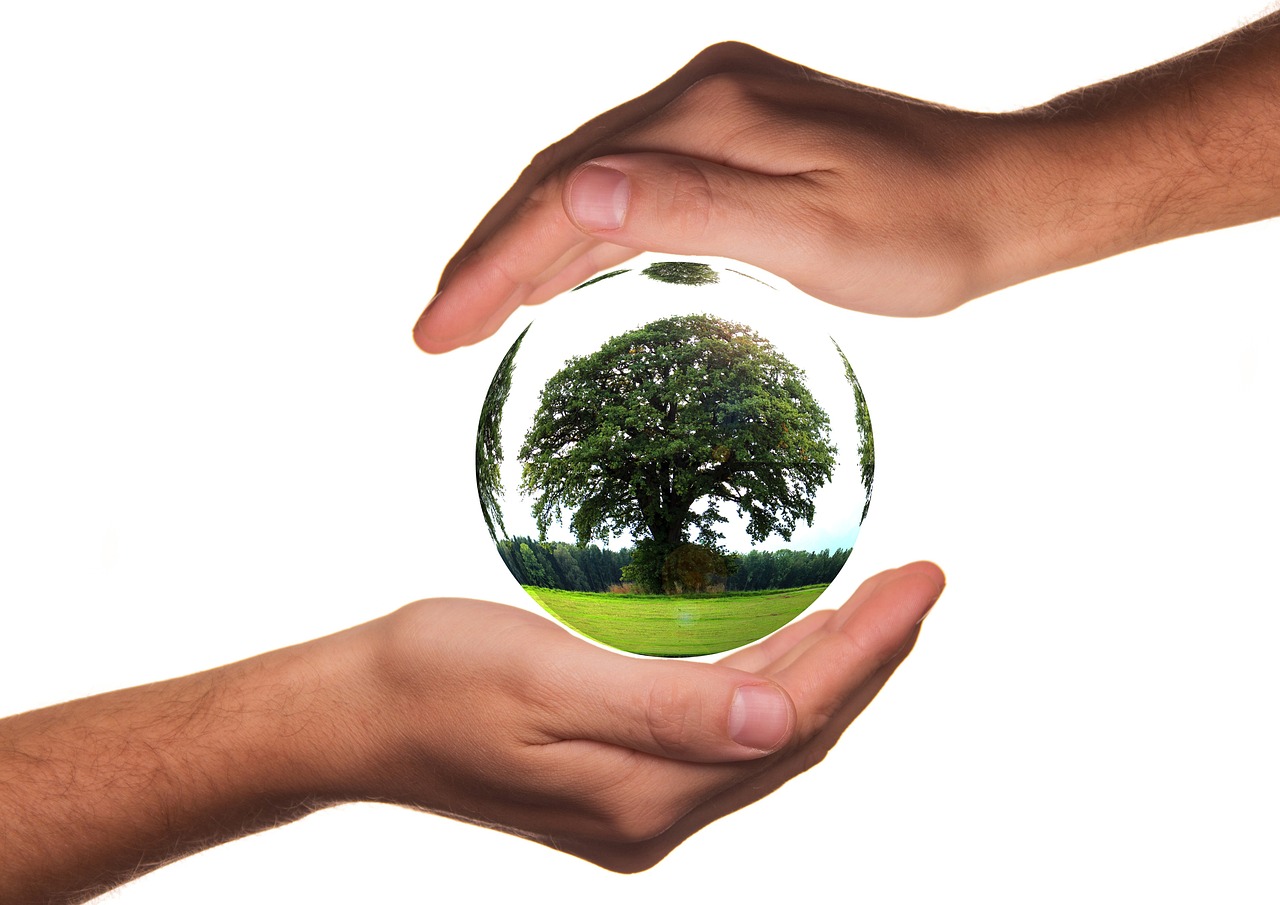You’ve probably seen awe-inspiring photos of majestic lions roaming the African savannah, their golden manes billowing in the wind. But have you ever thought about the deeper significance behind these captivating images? Conservation photography does just that – it goes beyond mere aesthetic appeal to shed light on the vulnerability and challenges faced by these regal creatures. By capturing both the beauty and plight of lions, conservation photographers aim to raise awareness and inspire action to protect these iconic animals.
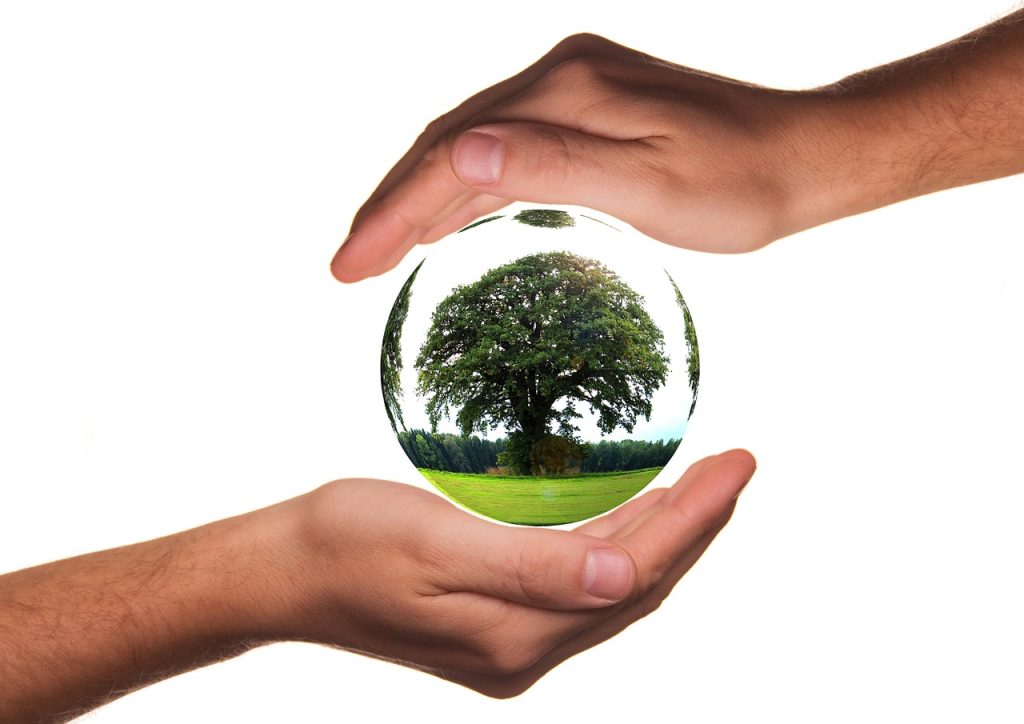
The Importance of Conservation Photography
In today’s world, where environmental issues and the threat of species extinction are becoming increasingly crucial, conservation photography plays a vital role in raising awareness, creating emotional connections, and educating the public. Through capturing the beauty and plight of lions and other endangered wildlife, conservation photographers have the power to make a difference and inspire action.
Raising Awareness
Conservation photography serves as a potent tool to shine a spotlight on the urgent issues facing our natural world. By visually documenting the declining populations and struggles of lions and other threatened species, photographers can bring these issues to the forefront of public consciousness. Through images that vividly depict the reality of habitat loss, poaching, and other threats, conservation photographers can capture the attention of a larger audience and compel them to take action.
Creating Emotional Connections
One of the most powerful aspects of conservation photography is its ability to create emotional connections between the viewer and the subjects of the photographs. When people see images of majestic lions in their natural habitats, they can develop a deep emotional bond with these animals. This emotional connection is crucial in fostering empathy and compassion, motivating individuals to become advocates for conservation efforts.
Educating the Public
Conservation photography also serves as a valuable educational tool, providing the public with essential knowledge about the challenges faced by lions and other endangered wildlife. Through their photographs, conservation photographers can showcase the intricate web of ecosystems and the delicate balance required for the survival of these species. By explaining the complex relationships between lions, their habitat, and other animals, photographers can help the public understand the implications of losing these iconic creatures.
Understanding the Plight of Lions
Lions, once revered as the kings of the savannah, are now facing alarming declines in their populations. Understanding the challenges they face is crucial in the efforts to conserve these magnificent creatures.
Declining Lion Populations
Over the past few decades, lion populations have dramatically decreased due to various factors, primarily habitat loss and fragmentation. As human populations expand and encroach upon lion territories, their habitats shrink, leaving them with less space and resources to thrive. In addition, conflicts with humans, including retaliatory killings, further contribute to the decline in lion numbers.
Threats to Lions’ Survival
Lions face numerous threats that jeopardize their long-term survival. Habitat loss, poaching, trophy hunting, and illegal wildlife trade pose significant challenges for their existence. As their natural prey species diminish in numbers due to various factors, lions often turn to livestock, leading to conflict with local communities and increased human-wildlife conflict.
Human-Wildlife Conflict
Human-wildlife conflict is a major issue affecting lion populations. As lions come into closer contact with humans, conflicts arise over the loss of livestock and, occasionally, human fatalities. To mitigate these conflicts and ensure the coexistence of lions and communities, conservation efforts must address the root causes and find sustainable solutions that benefit both lions and local residents.
Conservation Photography Techniques
Conservation photography requires specific techniques to effectively capture and convey the beauty and message behind the images.
Ethics in Conservation Photography
Ethics play a pivotal role in conservation photography. It is essential for photographers to prioritize the welfare of wildlife and respect their subject’s natural behavior and environment. Photographers should avoid altering or manipulating the scene to enhance the dramatic effect. By adhering to ethical standards, conservation photographers ensure that their images are authentic representations of the natural world.
Documenting Natural Behavior
Capturing natural behavior is crucial in conservation photography. By documenting lions as they hunt, play, or interact with their pride members, photographers can provide a window into their complex lives. These images can evoke emotions and foster a deeper understanding of the challenges these animals face in their natural habitats.
Using Remote Cameras
Remote cameras have become an invaluable tool for conservation photographers. By placing these cameras in strategic locations, photographers can capture images from unique perspectives without disturbing the wildlife. This technology enables them to document intimate moments and behaviors that would otherwise be difficult to capture. Remote cameras also provide researchers and conservation organizations with valuable data and insights into the behavior and movements of lions and other animals.
Creating Stunning Visuals
The art of capturing stunning visuals is at the core of conservation photography. By utilizing composition, lighting, and specific equipment, photographers can showcase the beauty and essence of lions.
Capturing the Essence of Lions
To truly capture the essence of lions, photographers must immerse themselves in their subjects’ habitats. By spending time observing and understanding the animals’ behavior, photographers can anticipate moments that convey the spirit and character of these majestic creatures. Whether it’s a lion’s commanding presence or a tender moment shared within a pride, capturing these glimpses of their lives through photography is essential in conveying their importance.
Composition and Lighting
Composition and lighting are crucial in creating impactful images. Photographers use composition techniques such as the rule of thirds, leading lines, and framing to guide the viewer’s eye and create visually pleasing images. Lighting plays a vital role in setting the mood and emphasizing the subject. The golden hours of sunrise and sunset, with their warm and soft light, often result in stunning photographs that evoke a sense of awe and beauty.
Utilizing Telephoto Lenses
Telephoto lenses are indispensable for capturing detailed and intimate images of lions while maintaining a safe distance. These lenses allow photographers to zoom in on the subjects without disrupting their natural behavior. The distance provided by telephoto lenses enables photographers to observe the animals unobtrusively, capturing their raw emotions and expressions.
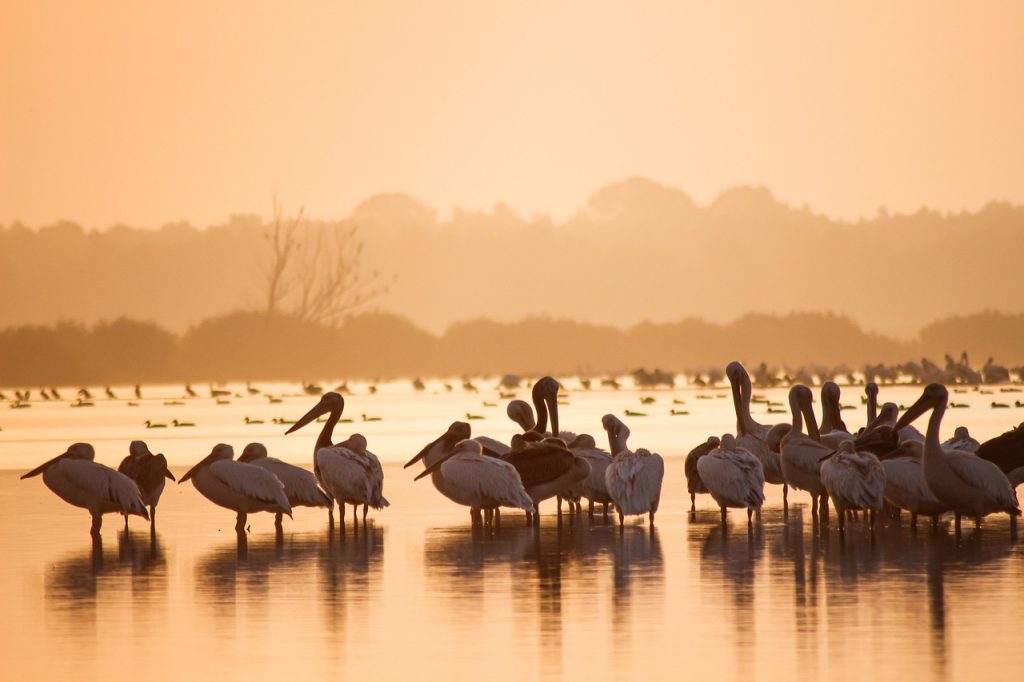
The Role of Conservation Photographers
Conservation photographers are more than just documentarians; they are integral partners in conservation efforts.
Collaborating with Conservation Organizations
Conservation photographers often collaborate closely with conservation organizations to support and amplify conservation initiatives. By providing their expertise and imagery, photographers contribute to the visual storytelling that raises awareness and inspires action. Their collaboration helps bridge the gap between scientific research and public understanding, promoting a deeper appreciation for the need to protect lion populations and their habitats.
Advocacy through Visual Storytelling
Visual storytelling is a powerful tool for advocacy. Through their images, conservation photographers can convey impactful narratives that resonate with audiences worldwide. These images have the potential to evoke strong emotions, motivating individuals and policymakers to take action. Conservation photographers play a crucial role in amplifying the voices of the natural world, bringing attention to urgent issues and advocating for conservation policies and practices.
Community Engagement
Conservation photographers often seek to engage local communities in their efforts. By involving communities in conservation initiatives, photographers can foster a sense of ownership and stewardship. Through workshops, exhibitions, and educational programs, photographers can empower communities to actively participate in protecting their local ecosystems and the wildlife that inhabits them.
Case Studies: Lion Conservation Photography
To gain a deeper understanding of the impact of conservation photography, it is essential to explore specific case studies where photographers have captured and documented lion conservation efforts.
Kenya’s Maasai Mara National Reserve
Maasai Mara National Reserve in Kenya is home to one of the most iconic lion populations in the world. Conservation photographers have documented the coexistence of lions and Maasai communities, showcasing the delicate balance required for peaceful cohabitation. Through their photographs, they have raised awareness about the threats and challenges faced by lions in this region, inspiring conservation efforts that benefit both wildlife and local communities.
South Africa’s Kruger National Park
Kruger National Park in South Africa provides a unique setting for lion conservation photography. From capturing the majesty of lion prides roaming the African savannah to highlighting the park’s efforts in combating poaching and wildlife trafficking, conservation photographers have played a significant role in promoting the conservation of lions and raising awareness about the importance of protected areas.
India’s Gir Forest National Park
Gir Forest National Park in India is the last stronghold of the Asiatic lion. Conservation photographers have highlighted the successes of conservation in this region, documenting the efforts to protect and preserve the unique habitat that this critically endangered lion subspecies calls home. Their images have not only raised awareness but also contributed to fundraising initiatives to support ongoing conservation projects.
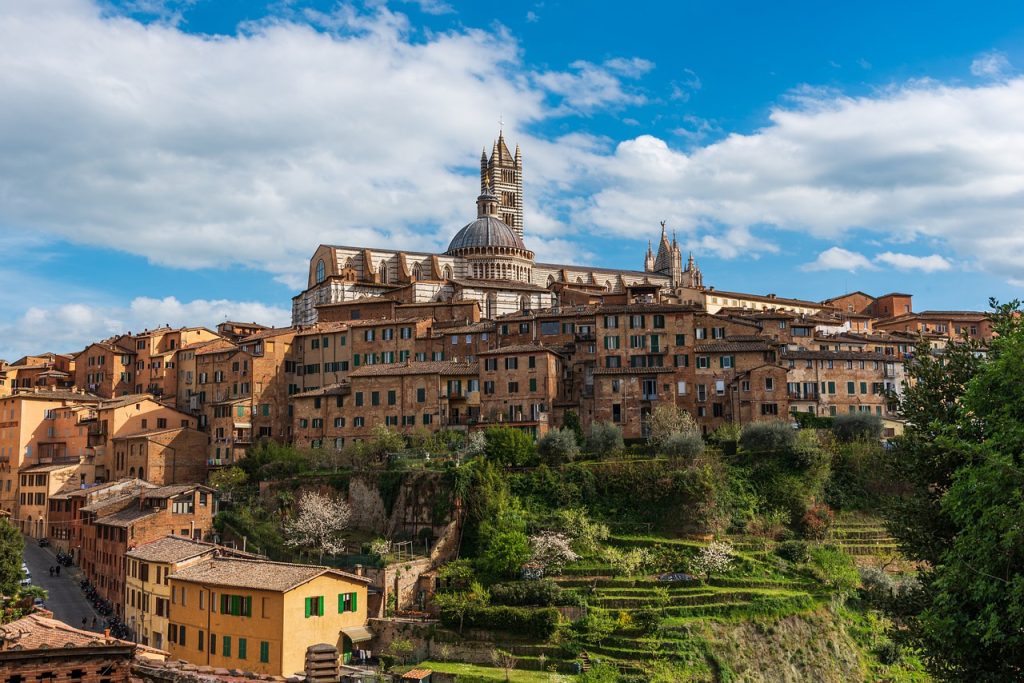
The Impact of Conservation Photography
Conservation photography has a significant impact on various fronts, from promoting conservation policies to fundraising for conservation projects and inspiring action.
Promoting Conservation Policies
Through powerful imagery, conservation photographers contribute to shaping public opinion and influencing policymakers. Their photographs showcase the beauty of lions and the urgency of conservation efforts, compelling governments and organizations to enact and enforce policies that protect these iconic creatures and their habitats.
Fundraising for Conservation Projects
Conservation photographers often work closely with conservation organizations and NGOs to use their images as a means of fundraising. Their visually striking photographs ignite emotions and inspire individuals to contribute financially to initiatives aimed at protecting lion populations and their habitats. By leveraging their images for fundraising, conservation photographers provide direct support to conservation projects that are vital for the survival of lions.
Inspiring Action
Perhaps the most significant impact of conservation photography is its ability to inspire action. When viewers connect emotionally with the images captured by conservation photographers, they are more likely to actively engage in conservation efforts themselves. Whether it’s making lifestyle changes to reduce their ecological footprint or becoming advocates for conservation policies, individuals can take inspired action to protect lions and their habitats.
Challenges and Ethical Considerations
While conservation photography is a powerful tool, it is not without its challenges and ethical considerations that photographers must navigate.
Photographer Safety
Conservation photographers often work in remote and sometimes dangerous locations to capture images of lions and other wildlife. They must prioritize their safety and take necessary precautions to minimize risks. This includes having adequate knowledge of animal behavior, working with experienced guides, and following guidelines set by local authorities and conservation organizations.
Respecting Wildlife
Respecting wildlife is a fundamental ethical consideration for conservation photographers. It is essential to observe animals from a safe distance, avoiding actions that may stress or interfere with their natural behavior. Photographers must be mindful of their impact on the animals and prioritize their welfare above capturing a photograph.
Avoiding Exploitation
Conservation photographers must be wary of the potential for exploitation. It is crucial to ensure that their photographs do not exploit the subjects or their habitats. This may include refraining from intrusive or manipulative techniques and avoiding images that misrepresent or sensationalize the reality of the animal’s environment. Conservation photography should adhere to a high standard of integrity and authenticity.
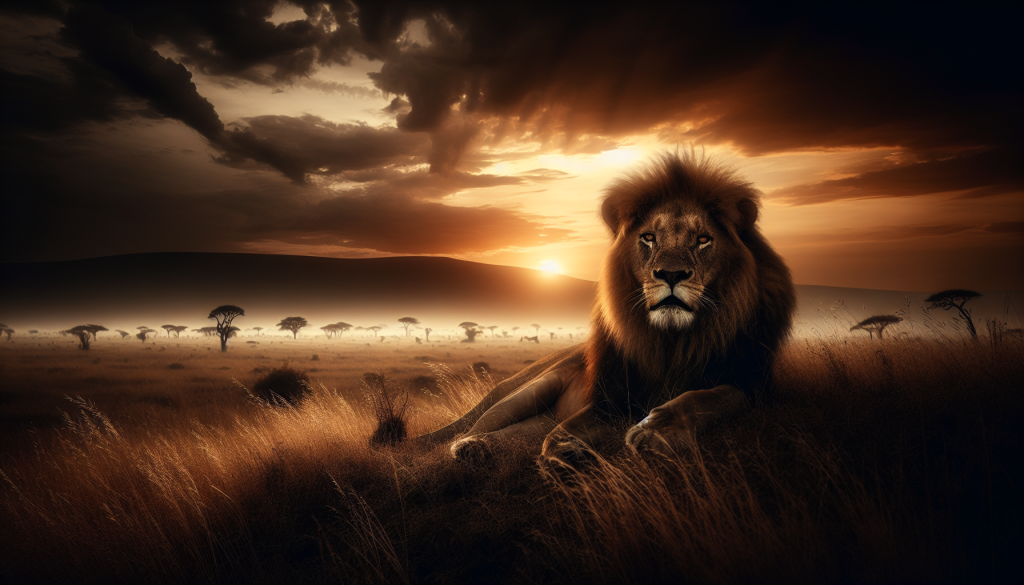
Future of Conservation Photography
Looking ahead, conservation photography is poised to play an increasingly important role in driving conservation efforts and engaging future generations.
Technological Advancements
Technological advancements will continue to reshape the field of conservation photography. From the development of advanced camera equipment to the use of drones and other innovative tools, photographers will have more opportunities to capture unprecedented perspectives and tell compelling stories. Technology will enable conservation photographers to push the boundaries of their craft and reach new audiences.
Expanding Conservation Efforts
Conservation photography will increasingly focus on expanding conservation efforts beyond protected areas. Photographers will document initiatives that prioritize landscape connectivity, ecological corridors, and the involvement of local communities. By highlighting successful conservation projects that extend beyond traditional conservation boundaries, photographers can foster a broader understanding of the efforts required for long-term conservation success.
Engaging Next Generation
Conservation photography has the power to inspire and engage the next generation of conservationists. By captivating young minds through stunning visuals and compelling narratives, photographers can foster a love for the natural world and motivate young individuals to become ambassadors for wildlife and their habitats. Encouraging youth involvement in conservation efforts is essential for the long-term sustainability of conservation initiatives.
Conclusion
Conservation photography, with its ability to raise awareness, create emotional connections, and educate the public, is a powerful catalyst for change. By capturing the beauty and plight of lions and other endangered wildlife, conservation photographers play a crucial role in advocating for conservation policies, fundraising for projects, and inspiring action. As we continue to grapple with the threats faced by lions and their habitats, conservation photography stands as a beacon of hope, urging us to protect and preserve these magnificent creatures for generations to come.
